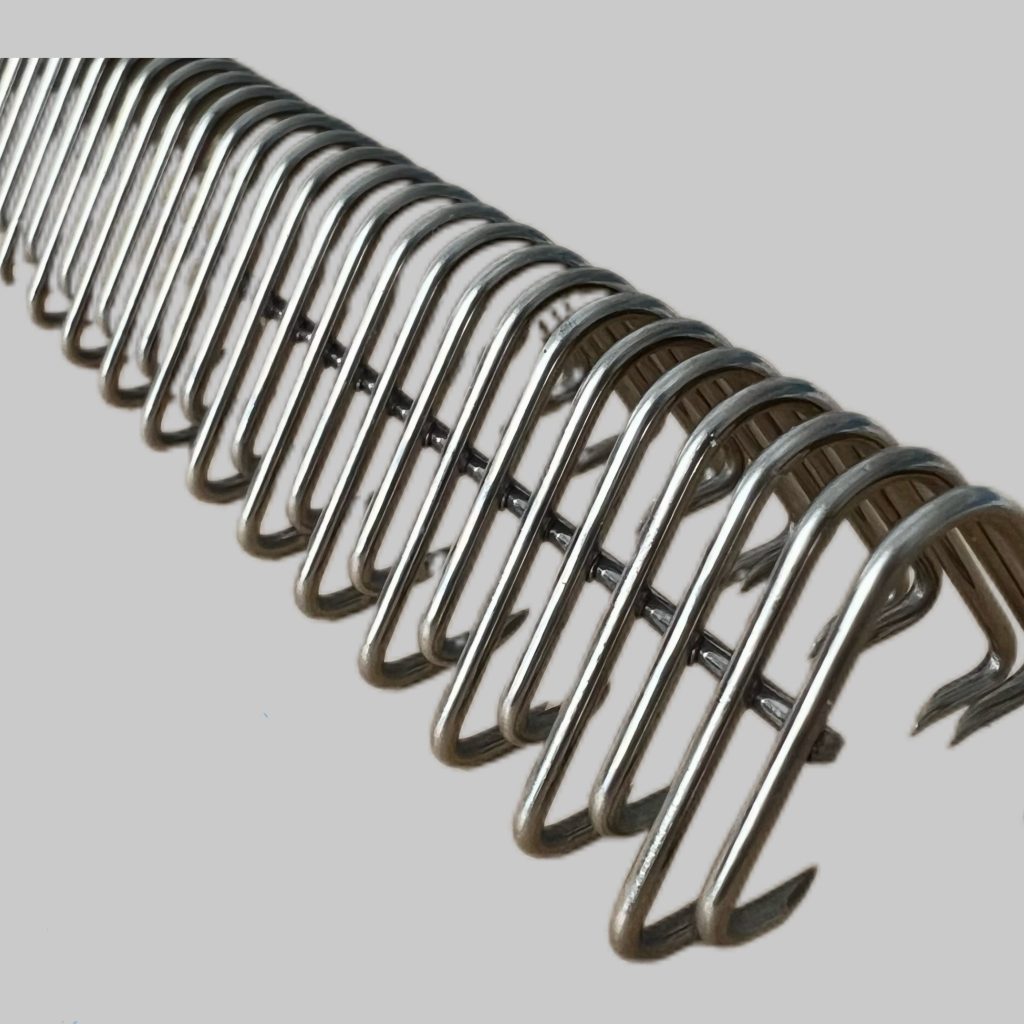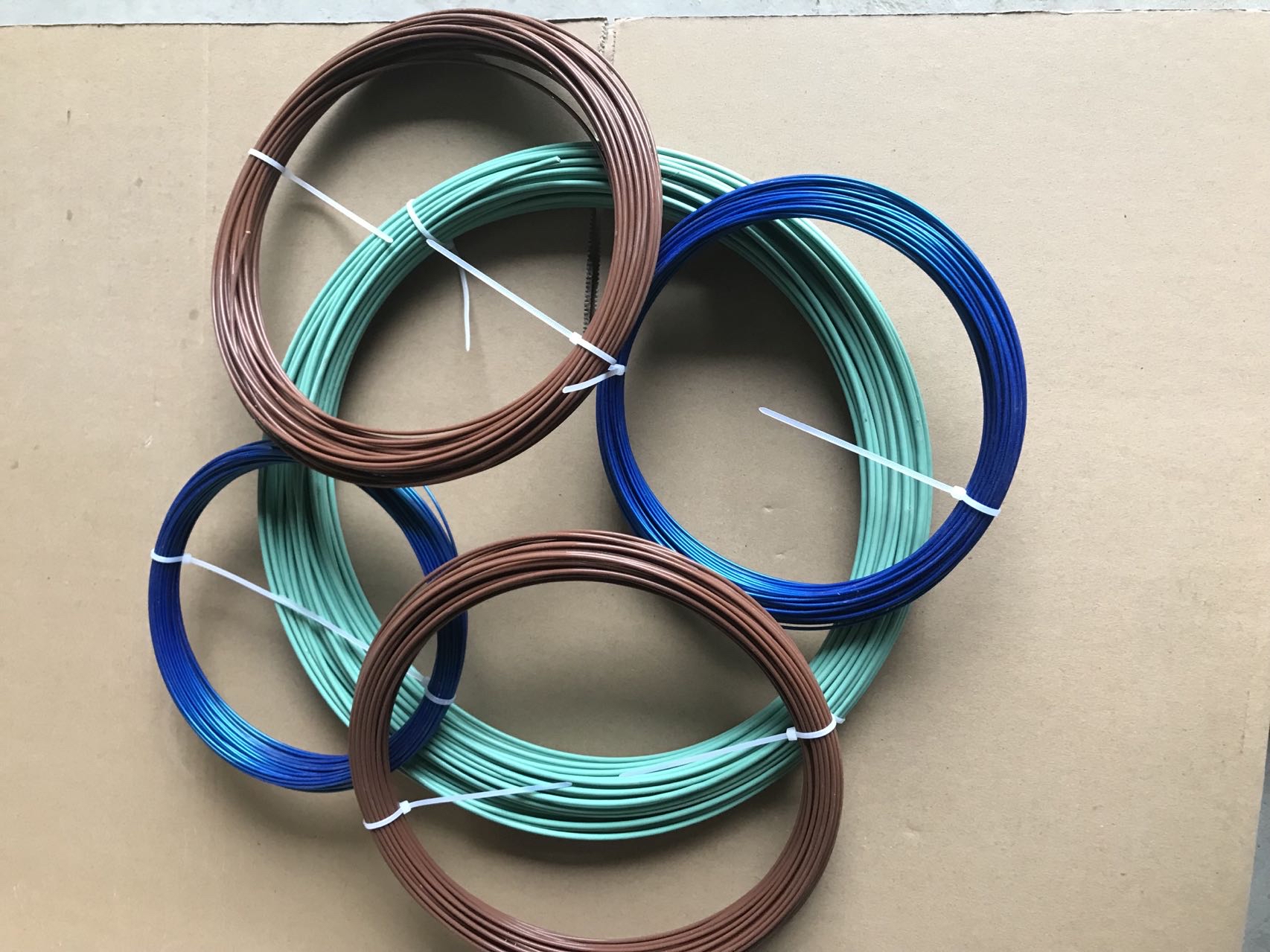Understanding Conveyor Belt Lacing
Conveyor belt lacing is an essential component in ensuring the efficient operation of material handling systems across various industries. This critical fastening method provides durability, flexibility, and strength to conveyor belts, enabling them to handle heavy loads and withstand the rigorous demands of transportation. Whether you are a seasoned professional or a novice in the field, understanding the intricacies of conveyor belt lacing choices, such as mechanical lace or welded lacing, can significantly enhance operational efficiency. From agricultural applications to manufacturing sectors, the right lacing techniques can avoid disruptions and ensure smoother workflows. This guide aims to shed light on why conveyor belt lacing should be a key consideration for your operation and how a strong installation can lead to better productivity and reduced downtime.

The Importance of a Conveyor Belt Lacing Tool
A convenient and effective solution for achieving reliable and secure conveyor belt lacing is by utilizing a conveyor belt lacing tool. This tool allows users to apply proper tension and alignment, ensuring that the lace fits tightly and functions correctly. When using such tools, you not only facilitate a faster installation process but also extend the lifespan of your conveyor belts. Picture this: a manufacturing plant facing frequent belt failures due to improper lacing—it’s a scenario that leads to costly downtime. By investing in a specialized tool, the operator can adhere the lacing to the belt expertly, preventing slippage and ensuring minimal wear and tear. This translates to smoother operations and a measurable return on investment, as maintaining the integrity of the conveyor belt is crucial for any industry relying on efficient material movement.

Exploring Welded Metal Bar Lacing
Welded metal bar lacing offers a robust solution for industries that require high strength and durability in their conveyor systems. The advantage of this style lies in its resistance to extreme loads, making it particularly beneficial for heavy-duty applications, such as mining or construction. Employing welded metal bar lacing can significantly decrease wear on both the lacing and the belt itself, due to its ability to grip the belt tightly without compromising its integrity. Many businesses have found that transitioning to welded lacing has decreased their maintenance costs, as wear-outs are less frequent compared to traditional lacing methods. Additionally, welded lacing can withstand harsh environmental conditions, making it a go-to choice for outdoor applications. It’s crucial to assess your specific operational needs when selecting this type of lacing, as it provides unparalleled longevity and higher performance standards in demanding settings.
Conclusion: Choosing Intake for Reliable Conveyor Solutions
In summary, understanding the importance of conveyor belt lacing and the right tools and techniques can profoundly influence the operational efficiency of various industries. Investing in solutions like a reliable conveyor belt lacing tool and opting for resilient techniques such as welded metal bar lacing can enhance productivity and reduce maintenance costs. With numerous advantages in supply capabilities and product quality, the brand Intake is an exceptional choice for manufacturers looking to improve their conveyor operations. Their extensive product line not only meets industry demands but also assures the long-term success of your material handling systems. By choosing Intake, you can confidently enhance your operations with reliable solutions tailored to your specific needs.
